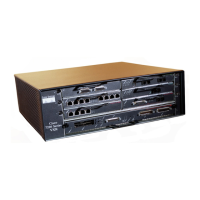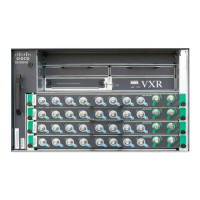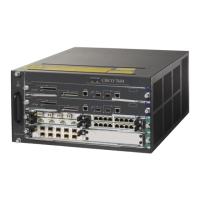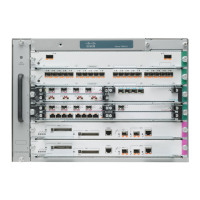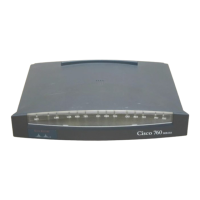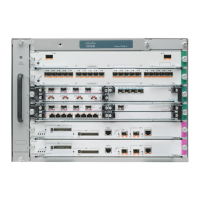CHAPTER
Send document comments to nexus7k-docfeedback@cisco.com
4-1
Cisco Nexus 7000 Series NX-OS Interfaces Configuration Guide, Release 5.x
OL-23435-03
4
Configuring Layer 3 Interfaces
This chapter describes how to configure Layer 3 interfaces for Cisco NX-OS devices
This chapter includes the following sections:
• Information About Layer 3 Interfaces, page 4-1
• Licensing Requirements for Layer 3 Interfaces, page 4-5
• Guidelines and Limitations, page 4-5
• Default Settings, page 4-6
• Prerequisites for Layer 3 Interfaces, page 4-5
• Configuring Layer 3 Interfaces, page 4-6
• Verifying the Layer 3 Interfaces Configuration, page 4-17
• Monitoring Layer 3 Interfaces, page 4-18
• Configuration Examples for Layer 3 Interfaces, page 4-19
• Related Topics, page 4-19
• Additional References, page 4-19
• Feature History for Configuring Layer 3 Interfaces, page 4-20
Information About Layer 3 Interfaces
Layer 3 interfaces forward IPv4 and IPv6 packets to another device using static or dynamic routing
protocols. You can use Layer 3 interfaces for IP routing and inter-VLAN routing of Layer 2 traffic.
You cannot configure a shared interface as a Layer 3 interface. See the Cisco NX-OS FCoE
Configuration Guide for Cisco Nexus 7000 and Cisco MDS 9500 for information on shared interfaces.
Beginning with Cisco Release 5.2(1), you can configure a Fabric Extender (FEX) port as a Layer 3
interface for host connectivity, but not for routing. See the Configuring the Cisco Nexus 2000 Series
Fabric Extender for more information on fabric extenders.
This section includes the following topics:
• Routed Interfaces, page 4-2
• Subinterfaces, page 4-2
• VLAN Interfaces, page 4-3
• Loopback Interfaces, page 4-4
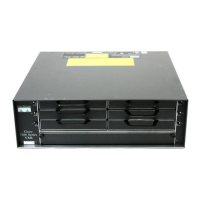
